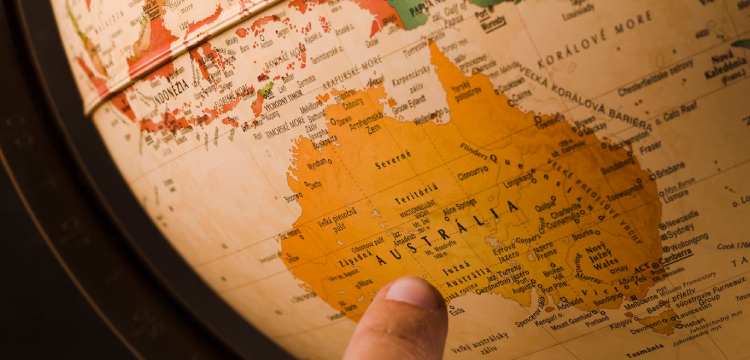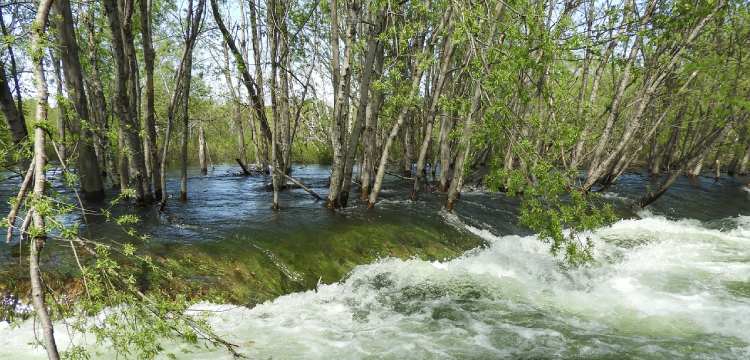Many countries are grappling with the climatic shifts that have occurred in the past few decades. Some have been hit so badly that their citizens have had to move to other regions in search of better living conditions. So what is Australia's climate like and how is it changing? Looking at its current situation and what this could spell for future generations.

While Australia boasts different weather patterns in all its regions due to locational differences, it has always been a warm country. But things seem to be taking a turn for the worse, with temperatures soaring in the last few decades. So, how bad is the situation?
A 1.47°C difference
In the past century, the average air temperature has increased by this much. Most of the warming has resulted from activities in the past five decades, and studies show that the range could rise in the next few years.
A 10% margin
Between the 1960s and 1990s, maximum monthly temperatures would present about 2% of the time. But a study conducted between 2005 and 2020 revealed that the occurrence had increased to 12%. And that's not all - another study revealed that maximum night temperatures also exhibited a 9% margin between these periods.
While these temperature changes might not seem like much to worry about, later sections will reveal that they have had significant impacts on the country's ecosystem.
Did you know that Australia's sea levels have increased by 3.3 mm per year? This is more than the global average! What's more, some regions along the north have recorded increases of up to 5 mm each year! But why is this happening? As mentioned in the earlier section, warmer weather results in changes in different weather aspects, as follows:

Unfortunately, these rising levels have affected marine life in many ways. Consider these changes:
The increasing temperatures have also resulted in coral bleaching, which further reduces the viability of the marine ecosystems as homes for marine species.
Australians cannot deny that climate change is upon them. After all, in the past few decades, they have witnessed these unfortunate incidents:
Black Saturday:
Victoria suffered a great loss in 2009 when increasing temperatures resulted in bushfires that claimed the lives of 173 people. To date, it has been one of the most disastrous events of its kind.
The Angry Summer:
While heatwaves had become common by the second part of the 21st century, nobody expected what would happen in 2012. More than two-thirds of the country was subjected to increased temperatures that sparked bushfires in some regions.
The Black Summer:
A decade after Victoria had suffered a huge loss, fires broke out in 2019, burning over 18 million hectares. They not only displaced people from their homes but also destroyed property and killed billions of animals while displacing billions more. It was devastating.
In addition to these events, the country has suffered a loss of its coral reefs (majorly in 2016, 2017, and 2020), flooding in the low-lying areas (2021 and 2022), and droughts in once highly productive regions (2017, 2018, and 2019).
The ecosystem cannot survive with just humans. It requires other species for it to be optimal. However, recent climate patterns threaten this balance in the following ways:

Climate change is actually killing animals, which also threatens their ability to survive, as it needs them for a fully functional ecosystem.
Climate change is all-encompassing such that it affects several aspects in any country. Consider the very real economic impacts below:
Reduced agricultural yields
With long droughts, minimal rainfall, heatwaves, bushfires, and frequent flooding, it's hard for farmers to grow crops and rear animals productively and sustainably.
Destruction of property
When floods and other events occur, they cause a lot of damage to developments, and the costs to rebuild these establishments are also high. Estimates show that Australians lose billions of dollars in these damages. At the same time, insurance companies have upped their premium requirements due to the increased risk of property damages and other risks.
Reduced economic strength
Anytime the country suffers a climatic event, operations shut down, and people lose a lot of money. Some sectors, such as tourism and agriculture, have been hit the most by these events, resulting in lower income generation for people working in these industries.
Higher health costs
Climate changes have had an effect on overall health, with many people falling sick due to poor air quality or getting injured during weather events.
Overall, the country's financial stability is at risk if nothing is done to prevent the climate patterns from getting worse.
The effect of changing weather patterns is evident in Australia, a country grappling with unexpected weather patterns, reduced Biodiversity, droughts and fires, and a hoard of other problems that threaten its financial stability and environmental sustainability, thus necessitating authorities to act before it is too late.